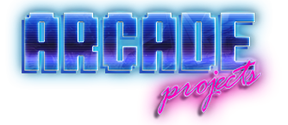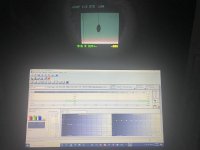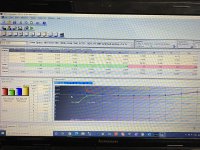Hy.
I try to calibrate my NAC cabs as bright and good as possible. But I have not found a good method to do so. Or better said the ones I found do use quite different approaches.
I know these so far:
http://mikejmoffitt.com/pages/ms9-hax/
https://wiki.arcadeotaku.com/w/How_to_Correctly_Set_Up_Monitor_Colours_and_Brightness
http://www.emphatic.se/?p=710
So I want to ask here.Any professionals who have a good way to do it?
General question also is if it’s best to have the cutoff as low as possible and screen high? Where to start calibrate. Gain middle ? Brightness low ? Contrast ...
Thanks
I try to calibrate my NAC cabs as bright and good as possible. But I have not found a good method to do so. Or better said the ones I found do use quite different approaches.
I know these so far:
http://mikejmoffitt.com/pages/ms9-hax/
https://wiki.arcadeotaku.com/w/How_to_Correctly_Set_Up_Monitor_Colours_and_Brightness
http://www.emphatic.se/?p=710
So I want to ask here.Any professionals who have a good way to do it?
General question also is if it’s best to have the cutoff as low as possible and screen high? Where to start calibrate. Gain middle ? Brightness low ? Contrast ...
Thanks





